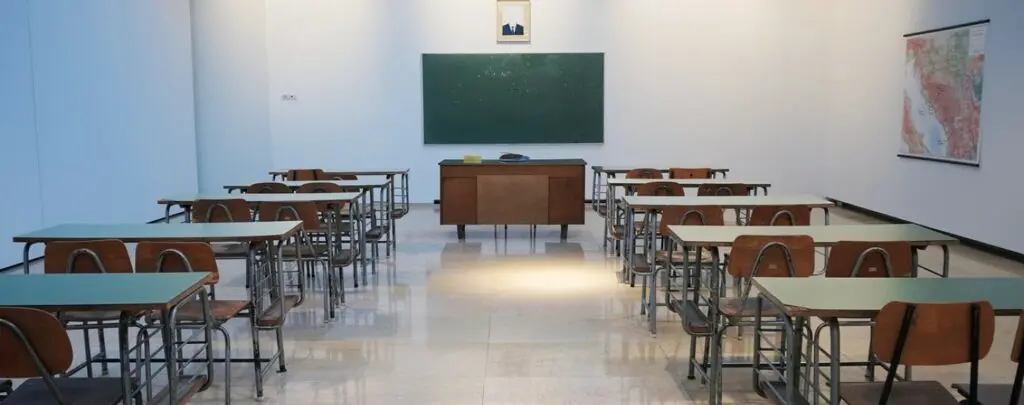
Our aesthetic environment – in everyday life – affects our decisions, emotional responses and the way we feel about ourselves and other people. The way our learners feel in the classroom has a big impact on their attitude, and their mindset to learning.
If an aesthetic environment is provided in the classroom, it will make learners happy to be there, and more eager and able to learn. If used to its optimum, the classroom environment can enrich the curriculum as well as enthuse and motivate the learners.
British philosopher and author, Alain de Botton, has done a lot of research on how people perform within specific rooms with specific aspects, from colours to textures, designs to lighting. In De Botton’s book, The Architect of Happiness, he discusses and reviews the design of fast food restaurants.
According to De Botton, fast food outlets are designed to be “bright, harsh and uncomfortable”, so that clients will move through quickly, whereas cathedrals have an atmosphere of serenity which encourages people to spend more time in there, because they feel “at peace”.
Roughly the same principles can be applied to your classroom – the class environment can calm and relax, but also intrigue and excite at the same time.
The moment learners walk through your classroom door, they should ideally have a positive attitude towards learning.
Natural light and good air quality are very important factors in a classroom, but this is mostly a given, and will vary from school to school, as well as from classroom to classroom.
Bringing your classroom to life is up to you.
“Reminders of learning” such as reference lists, lists of commonly used words in your subject, times-tables, maps, lists of definitions, mottos with illustrations, and classroom rules reinforce and support learning.
It is also a good idea to celebrate learners and their learning by displaying some of their own work, such as innovative projects, well-written essays etc. Seeing their work displayed, gives learners a feeling of pride and it makes them feel part of the school community.
Brightening up your classroom is not mere window-dressing. Whatever you pin up, needs to be relevant. You also need to get it right – as far as information and spelling go!
The fact that you place value on your – and their – surroundings, is an excellent way to show your learners that they are valued too.
Research has found that integrating aesthetic elements into the physical classroom environment has great significance – it leads to a greater level of learner engagement and creates a positive attitude to learning.
Or in research-speak, “By attending to the intrinsic aesthetic of a learning space, teachers are reclaiming the instinctual processes of the human body as an aesthetic sensing, perceiving and meaning-make agent.”
Read more about The Architect of Happiness by Alain de Botton here.